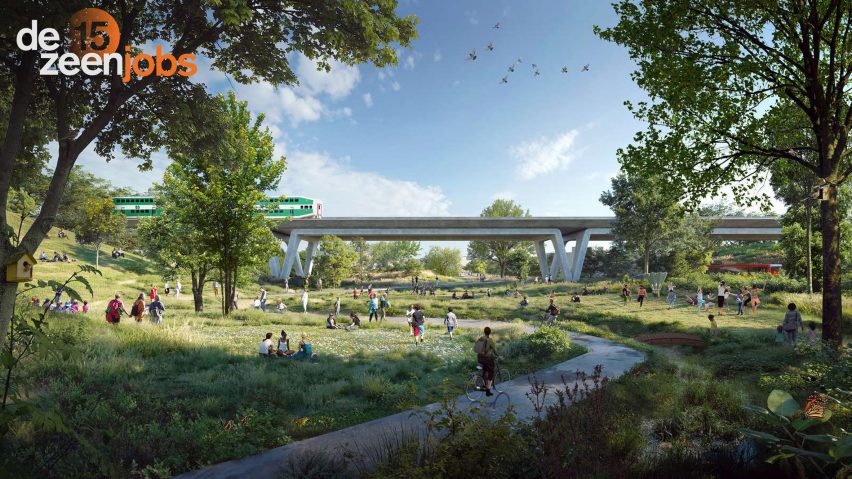
"There are multiple doors of opportunity you can walk through to become part of Henning Larsen"
Global design director and partner at Henning Larsen Jacob Kurek explains how artificial intelligence has changed the practice as part of Dezeen Jobs: How We Recruit Series.
Anna Marks: Please can you explain what projects Henning Larsen works on?
Jacob Kurek: Henning Larsen has been around for 60 or so years and we work on international projects across architecture, landscape, urbanism and interior design. We're working a lot around circularity, transformation and creating impact via social sustainability.
We've worked on the Royal Opera House in Copenhagen and also nearly completed an experience centre for Volvo and are working on transforming a former airport in Toronto.
We've won a project to work on the new National Theatre in Canberra, Australia, and we're also doing many timber projects – like a multi-tenant office building in Denmark, which is going to be the largest wooden building in the country.
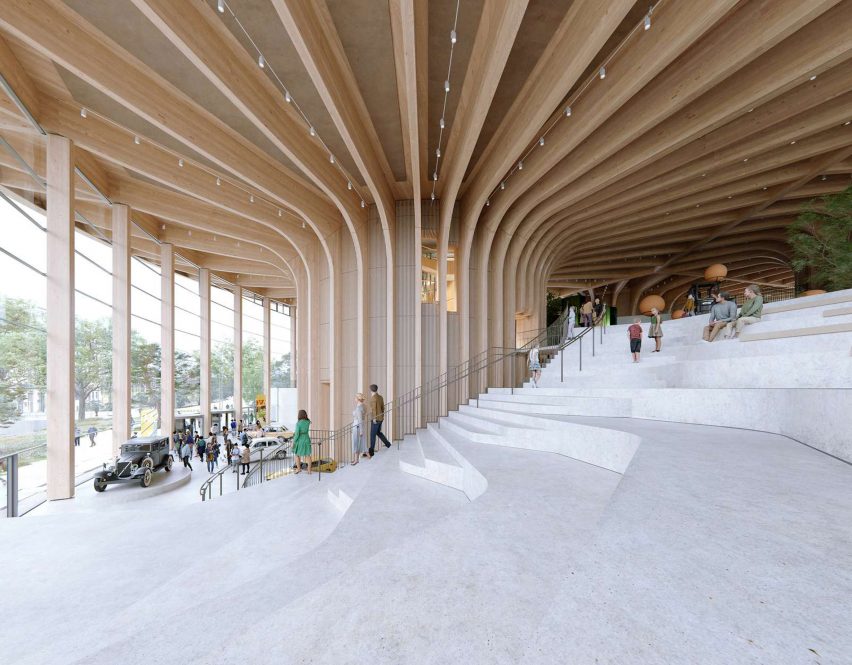
Anna Marks: Where do you currently stand on recruitment in comparison to 10 years ago?
Jacob Kurek: Our recruitment success stems from our genuine commitment to sustainability. Many young talents are drawn to our mission and are eager to contribute.
We are great believers in sustainability – particularly in research, development and computational design – combined with traditional reporting around design excellence and methodology.
Young talent wants innovation and to make a positive impact on the planet, which makes Henning Larsen an attractive company to work at. We have a broad variety of competencies and a sincere interest in sustainability.
In comparison to 10 years ago, there is definitely greater diversity in who we are hiring. Not only cultural backgrounds but also educational backgrounds, as we have much more of an international presence.
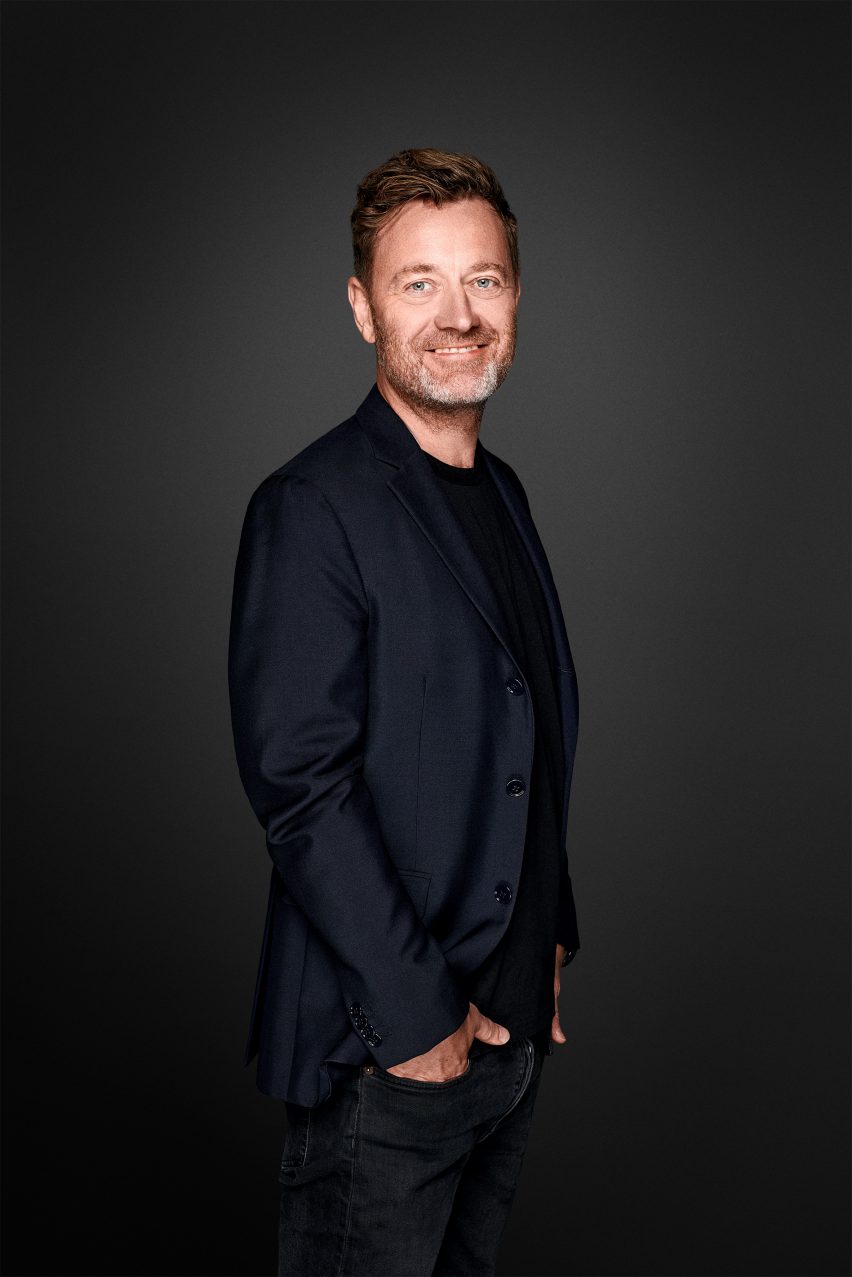
Anna Marks: Are there any new skill sets you're looking for candidates to have?
Jacob Kurek: Design excellence and sustainability are the ticket in many aspects but also more specific experience – whether that's computational skill sets, artificial intelligence (AI) or expert knowledge of biodiversity and circular ecosystems.
There are multiple doors of opportunity you can walk through to become a part of Henning Larsen and many ways you can grow in the practice. Formerly there was more focus on design excellence or project management, but now there are multiple ways, which can only enrich the studios and the culture we have.
Anna Marks: What effect has technology and AI had on your practice?
Jacob Kurek: It has been huge and it is only really just getting started. You can see the effect on the wider industry over the last 10 years and that will only explode further.
It's crucial to grasp not just the utilization of AI tools, but more significantly, how to extract their benefits – how we, as architects, can both contribute to and leverage AI for a positive impact on the design process and decision-making.
Our aim is progressiveness, driving the development of Henning Larsen through informed, forward-thinking decisions.
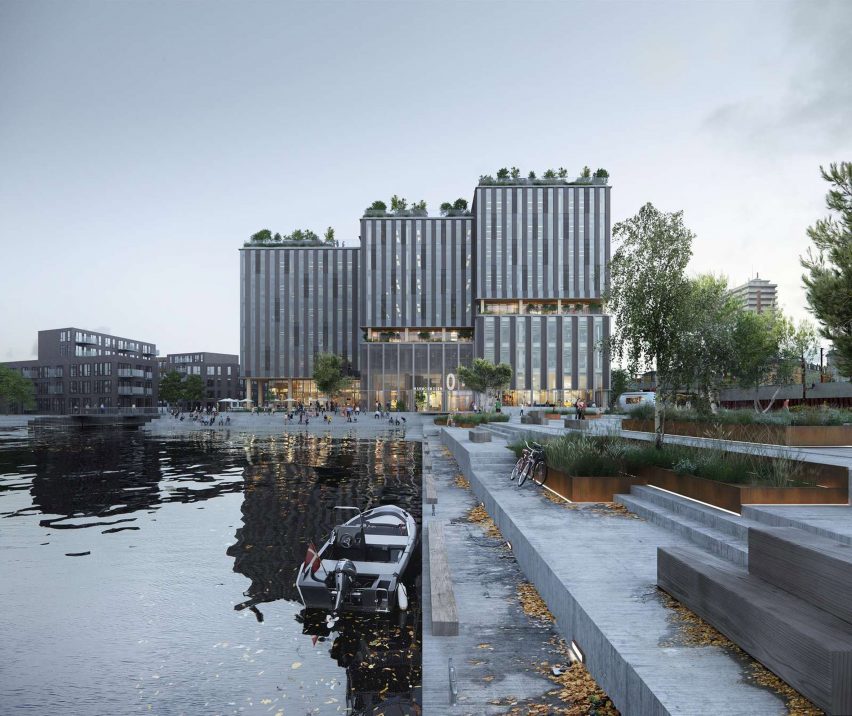
Anna Marks: In terms of looking into the future, where do you see recruitment heading?
Jacob Kurek: I can't see it declining because as technology develops we as architects and consultants are being asked to facilitate processes from the beginning to the end. Skills and competencies, in ways that we may know them today, may not be the ones that we see 10 years ahead of us.
The world has started to look more seriously at sustainability and our industry's carbon footprint. Addressing the climate crisis will require more specific skills and competencies to ensure we can have the impact we need. I can only see that recruitment will grow and we must get a move on, otherwise we will be dinosaurs.
Anna Marks: What advice can you give people looking for a role at Henning Larsen?
Jacob Kurek: It's important that you are an exceptional team player – that you're driven by impact and by curiosity.
You don't have to be the best in all aspects, but have the desire to learn and explore. And then, of course, you need to have your basic toolbox in order to know your methodology and make informed decisions.
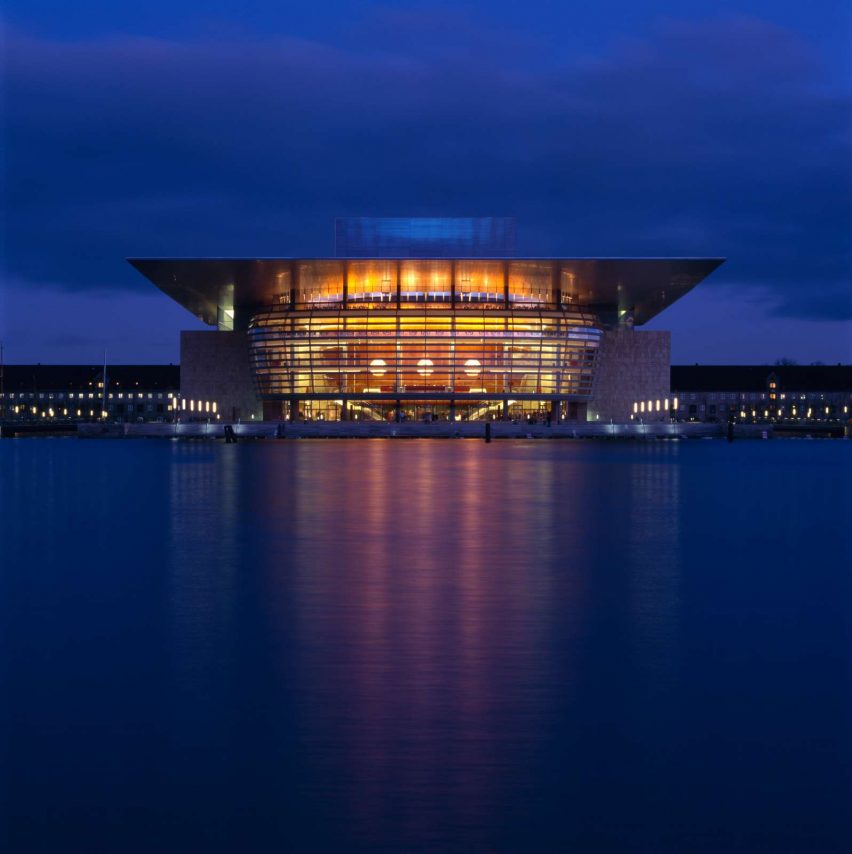
Anna Marks: What do you think of Dezeen?
Jacob Kurek: It is the first website that I look at in the morning. It is an excellent place to start the day and see what projects other studios are delivering. I think you're really good at being in the epicentre of architecture and design.
Anna Marks: How has Dezeen Jobs helped build your company?
Jacob Kurek: If you want to get global attention when looking for a candidate, it's one of the better places to be. We have been quite successful in getting candidates and attention and we're pleased with the outcome and the outreach it generates.
Dezeen Jobs: How We Recruit series
This article is part of Dezeen Jobs: How We Recruit, a series of interviews to mark Dezeen Jobs turning 15, which explores changing hiring practices and future recruitment needs for companies around the world.